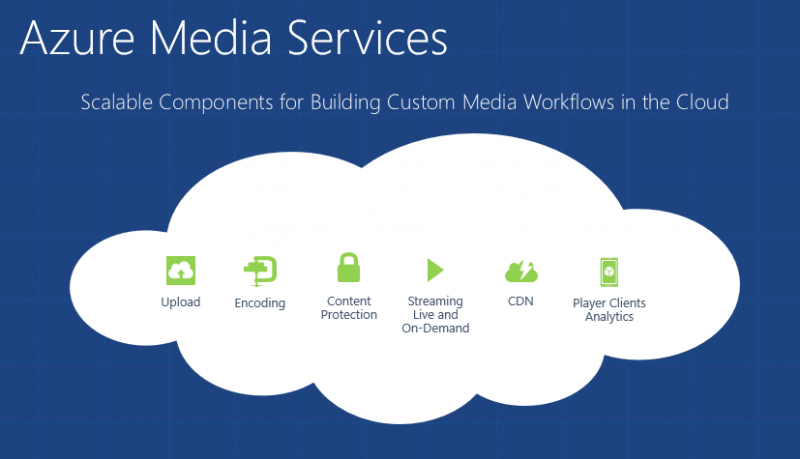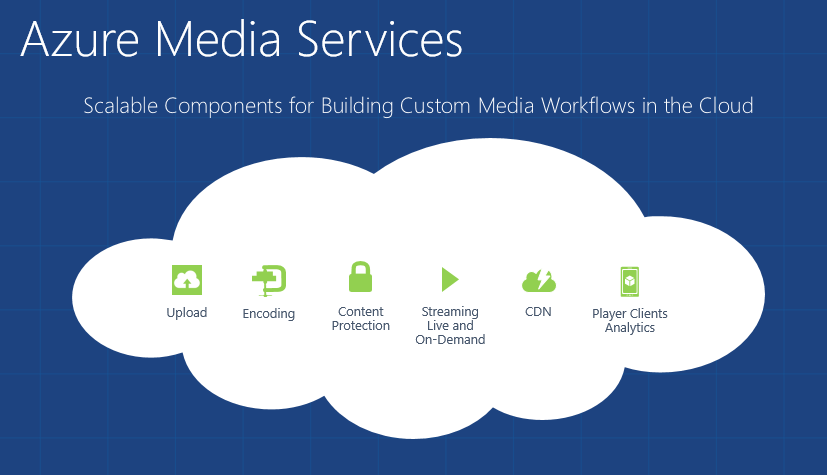Microsoft announces Azure Media Analytics to enable powerful video intelligence
3 min. read
Published on
Read our disclosure page to find out how can you help MSPoweruser sustain the editorial team Read more

At NAB Show 2016 today, Microsoft is releasing the public preview of Azure Media Analytics , a collection of speech and computer vision services. It is built using the core Azure Media Services platform components. Azure Media Analytics provides several components such as motion detection, face detection, video OCR and Hyperlapse to make the process of reviewing, managing and creating derivatives easier.
Azure Media Analytics will have access to the following services:
- Indexer – With this announcement, we are introducing support for six new languages (eight total) for speech-to-text functionality via a new media processor called Azure Media Indexer 2 Preview. The full list of supported languages includes: English, Spanish, French, German, Italian, Chinese, Portuguese and Arabic. Support for additional languages will be available in the coming months.
- Hyperlapse – Microsoft Hyperlapse is a result of over 20 years of computer vision research at MSR, combining video stabilization and time lapsing to create quick, consumable, beautiful videos from your long form content. Since the free public preview release of Hyperlapse, we have removed the limit of 10,000 frames. Besides creating time lapses, you can also use Hyperlapse to create stable videos from shaky videos captured via cell phones and camcorders.
- Motion detection – As the name indicates, you can use this service to detect motion in a video with stationery backgrounds. This is ideal for customers who want to check for false positives on motion events detected by surveillance cameras on the surveillance video feeds.
- Face detection and Face emotions – Using this service, you can detect people’s faces and their emotions, including happiness, sadness, surprise, anger, contempt, fear, disgust and indifference/neutral. This has several useful industry applications, described below, including aggregating and analyzing reactions of people attending an event.
- Video summarization – Video summarization can help you create summaries of long videos by automatically selecting interesting snippets from the source video. This is useful when you want to provide a quick overview of what to expect in a long video.
- *Video Optical Character Recognition – As the name indicates, you can use this services to extract text that is displayed in the videos. This can be very useful in building a smart search engine for videos which has a lot of text. The search engine can index not just the title and description but also the text extracted from the videos.
- *Content moderation – This service is designed to cut down the manual effort involved in reviewing content for offensive, illicit and inappropriate material and is ideal for you, if you are dealing with a lot of user generated content submitted from anonymous sources.
All services in Azure Media Analytics with the exception of Azure Media Indexer are available at no cost for a limited time. Read more about it here.









User forum
0 messages